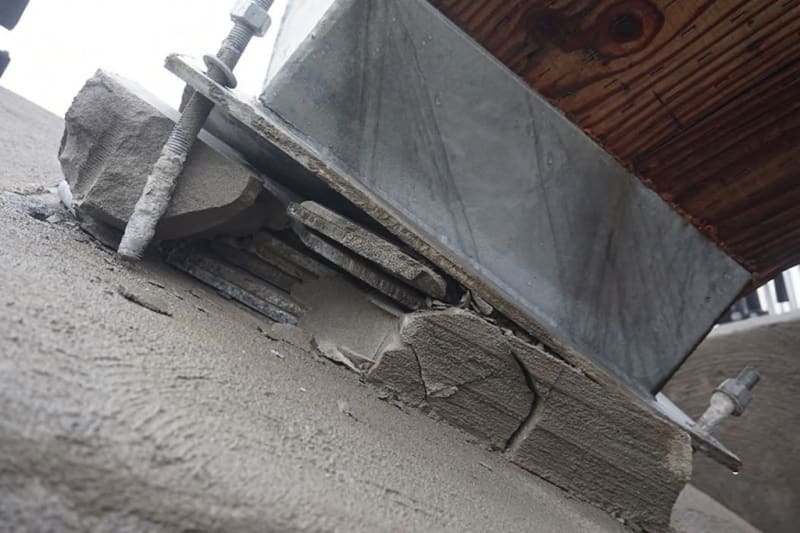bugbus
Structural
- Aug 14, 2018
- 533
Follow along with the video below to see how to install our site as a web app on your home screen.
Note: This feature may not be available in some browsers.
gusmurr (Structural) (OP) 22 Feb 22 02:23 said:Wow! If this "connection" isn't the cause of the collapse, I will eat my hat.
Electronbelt (Industrial) 19 Jun 22 19:49 said:...claim they failed while in the air vs the damage in question being the result of the twist and then impact.
Sym P. le (Mechanical) 19 Jun 22 19:55 said:Edit: The snap back would argue for the damage occurring while the structure was still erect.
dik (Structural) 19 Jun 22 20:24 said:Out of curiosity, what was the load on it at failure?
![[pipe] [pipe] [pipe]](/data/assets/smilies/pipe.gif) [Added] This precludes any dynamic effects of the gustiness.
[Added] This precludes any dynamic effects of the gustiness.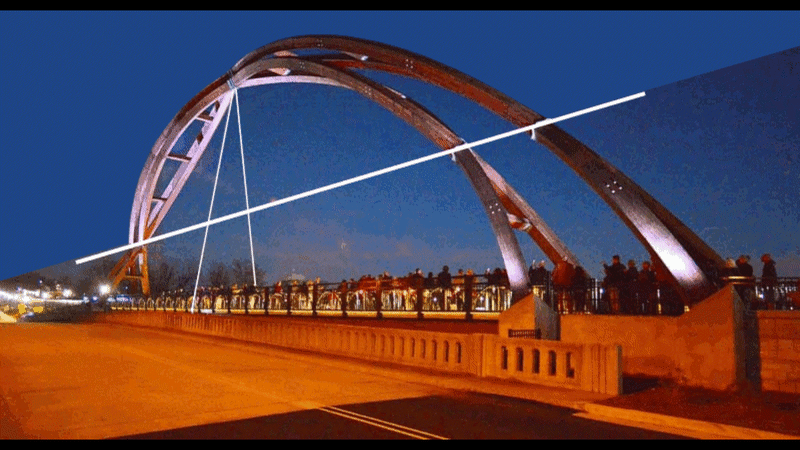
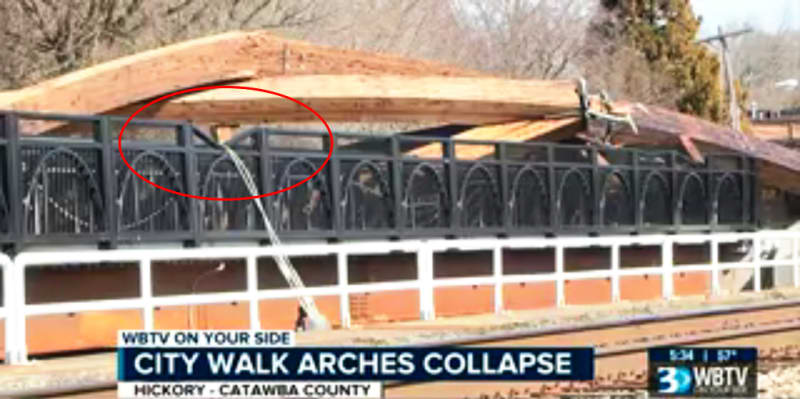
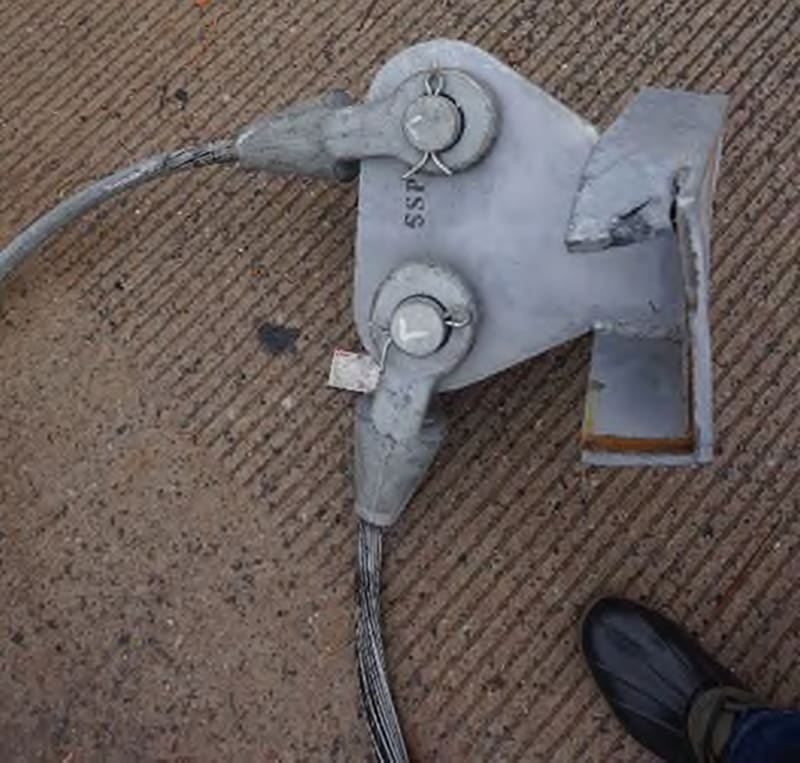
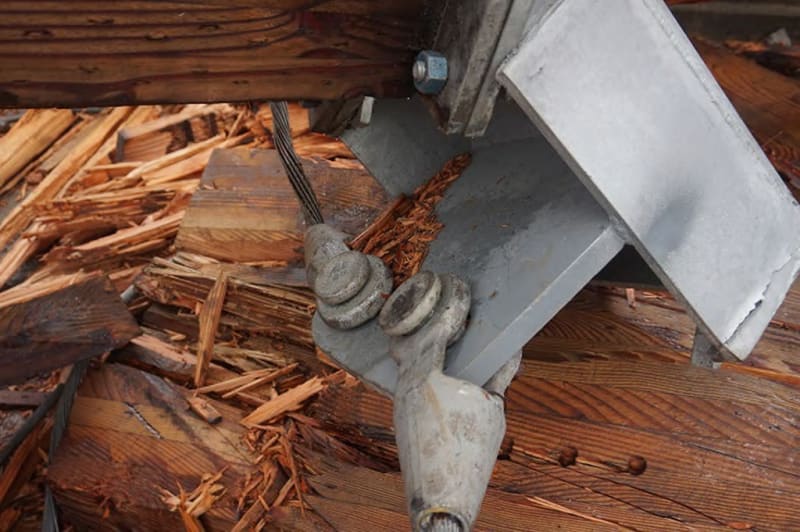
hokie66 (Structural) 20 Jun 22 04:44 said:Were they chemical anchors or expansion anchors?
